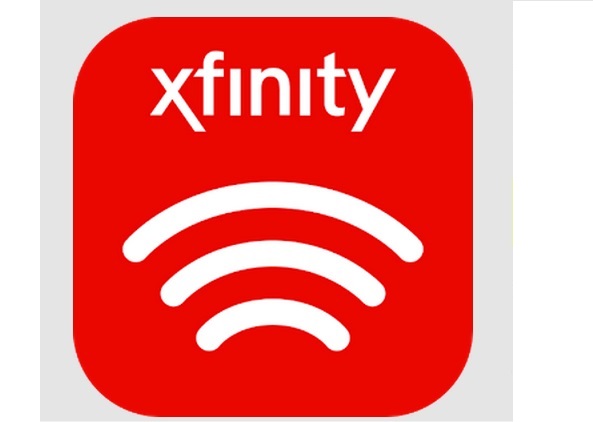Lawsuit Targets Comcast’s WiFi Homespots

Comcast’s use of homespots – the lighting up of secondary “XfinityWiFi” signals in home broadband routers that are accessible to other credentialed Comcast customers when they are roaming – is under attack in the form of a lawsuit holding that the MSO is using them as quasi-public hotspots “without first obtaining authorization.”
The suits, filed December 4 in the U.S. District Court in Northern California by two plaintiffs – Comcast subs Toyer Grear and Joycelyn Harris – are seeking class action status, and argue in part that Comcast’s homespot approach violates the U.S. Computer Fraud and Abuse Act.
“Without authorization to do so, Comcast uses the wireless routers it supplies to its customers to generate additional, public Wi-Fi networks for its own benefit,” the suit claims.
Comcast homespots are currently set up as “opt-out,” meaning that DOCSIS gateways that are part of the deployment emit the secondary SSID by default.
Comcast, which has targeted the deployment of 8 million WiFi hotspots via home routers and gear deployed in businesses and other venues by the end of 2014, countered that its home-as-a-hotspot program is beneficial to customers and that subscribers have the option to turn off that capability.
“We disagree with the allegations in this lawsuit and believe our Xfinity WiFi home hotspot program provides real benefits to our customers,” a Comcast spokesman said in a statement. “We provide information to our customers about the service and how they can easily turn off the public WiFi hotspot if they wish.”
Comcast’s WiFi FAQ notes that the gateway’s private and public facing SSIDs use separate service flows and “therefore anticipate minimal impact to the in-home WiFi network,” but does acknowledge that WiFi, as a shared resource, could be subject to “some impact as more devices share the network.” Data usage via the secondary SSID does not get applied to the home customer’s monthly totals.
The smarter way to stay on top of the multichannel video marketplace. Sign up below.
The lawsuit claims that Comcast’s homespot program also opens them up to security risks, pushes power costs off on customers, and also predicts that Comcast will use these WiFi signals to build out a wireless/mobile service that can compete with cellular carriers.
Comcast has announced no such plans, though there’s been plenty of speculation about whether the cable industry at large might consider so-called “WiFi-first” services that prefer WiFi connectivity and use cellular as a backup. In October, Craig Moffett, partner and senior analyst with MoffettNathanson, suggested that cable is “best positioned” to reap the benefits of such a strategy.
On the security front, Comcast notes that when customers sign in, those credentials are protected by 128-bit encryption on the sign-in page, “the same standard used by thousands of online banking and financial services around the world…” But Comcast does suggest that customers use firewall and anti-virus programs and that they turn off file sharing when using the computer or a handheld on a network, at home or on the road.
